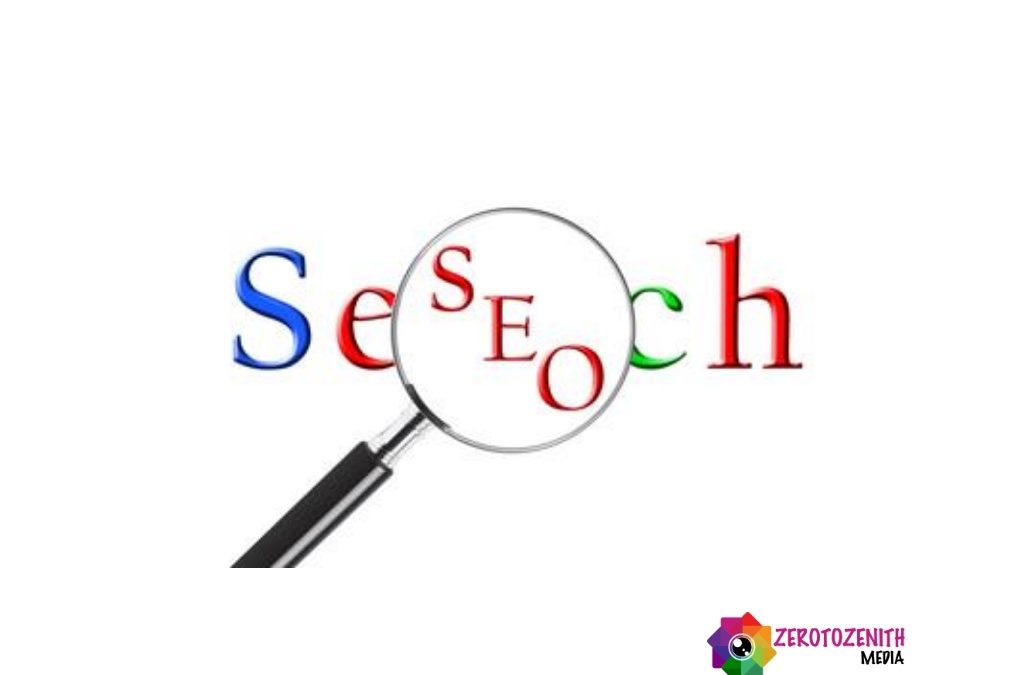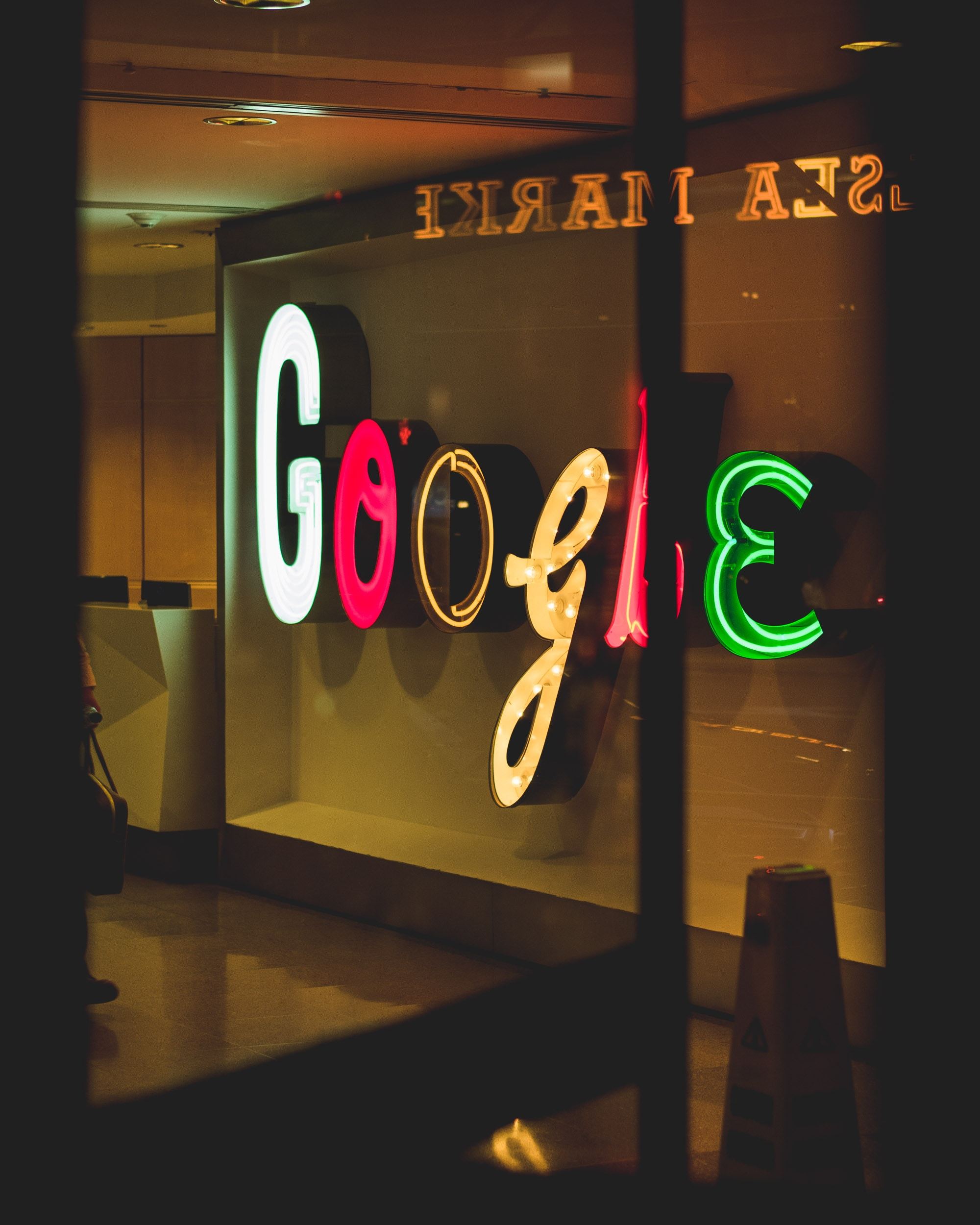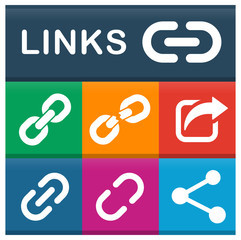Listen to this Blog Post
On page Search Engine Optimization is among one of the most important processes you can utilize, not only for accomplishing higher rankings but additionally for running successful Search Engine Optimization campaigns.
A website is the emphasis point of all SEO processes and if it’s not appropriately optimized for both online search engine and users, your chances of succeeding are minimized.
Before getting into the details on which on-page SEO techniques to use boost your Search Engine Optimization, let’s begin with some fundamental Search Engine Optimization terminology.
What is On-Page SEO?
On-page SEO is the procedure of optimizing every single web page of your website in order to rank higher in the Search Engine Results Pages (SERPS). On-Page SEO relates to both technical Search Engine Optimization (titles, descriptions, URLs) and the content of your website pages.
The utmost goal with on-page Search Engine Optimization is to speak the ‘search engines language’ and assist crawlers understand the definition and the context of your web pages.
What is Search Engine Optimization?
SEO simply put, is a term that envelops whatever you require to do to boost your website’s ranking positions in the top online search engines.
This includes configuration settings you can apply on your website (that’s On Page Search Engine Optimization) as well as techniques you can make use of outside the limits of the website (that’s Off Page Search Engine Optimization). Here is a summary of all the techniques:
- Content quality comes first
- Page titles as well as meta descriptions
- Content SEO
- Headings as well as content formatting
- Photos and also other multimedia elements
- Link(URL) optimization
- Internal links
- External links
- Web page loading speed
- Mobile friendliness
- Comments as well as on-page SEO
1. Web content High quality comes first
When handling Search Engine Optimization, you always need to have the following in mind:A website with brilliant web content can do great with or without SEO. A website with bad content will not survive with or without SEO. A website with great web content can become even much better with Search Engine Optimization!
So, what is considered good web content?
Original content (articles, text, photos, video clips, presentations, infographics, comments etc.)– No copies or rewrites of existing write-ups.
Web content published on your site first— Even if it’s your very own content, if you have actually already released it on another website after then it’s bad for your website (unless you specify the canonical tag correctly).
Content that consists of text too– Try to have text to accompany your non-text web content. As an example, if you post video clips on your website try to include a text description as well. If you add photos attempt to explain in words what the picture is all about.
Content that is useful– Do not publish content for the sake of publishing. Before hitting the publish button ensure that what goes real-time adds value to your website.
Content that is well researched– Users do not wish to review swiftly prepared posts and neither do search engines. Lengthy articles are proven to rank far better than short articles.
Unbiased content–If you are blogging about a certain topic or addressing a question ensure that what you write is justified and also covers both sides of a story.
2. Page titles and Meta Descriptions
This is Search Engine Optimization 101 yet very important for on-page SEO. When search engines are ‘reading’ your web pages, to name a few points, they check the page title, the description of the page, the headings and content (text, video clips and photos).
They do so due to the fact that they need to understand what the page is all about and then based upon other elements (off page SEO, domain authority, competition etc.), they will rank your page (for numerous keywords) in a position in their index.
Each page should have a unique title that will aid both search engine and individuals understand what the page is about. The web page title was and also still is among the most important On-page Search Engine Optimization aspects.
Page title optimization Tips:
Add search phrases to the start of your page titles
When possible include your target keywords to the beginning of your page title. This aids online search engine understands right from the beginning what search phrases the page is targeting.
That does not mean you should go across the line and begin doing keyword stuffing. If you can not have keywords at the starting then it’s not the end of the World. Just make sure that your target keywords become part of the title.
Compose short and also detailed titles
A page title doesn’t have to be long. The general recommendation is to keep it below 60 characters due to the fact that this is the average amount of characters displayed by Google in the search results.
Include numbers and power words
Having numbers in the title as well as power words like “Ultimate, actionable, amazing, checklist, etc.”, makes titles more interesting and this increases their CTR (Click With Rate).
No need to include your domain name in the title
There is no requirement to include your domain name in the title because this is included instantly by Google. You can take advantage of the 60 characters to offer an accurate description of the page.
The exception to this rule is when you have a strong brand that individuals can easily identify, you can take into consideration having your domain name in the title. The page description is what the searcher will see in search engine results web page. It needs to be descriptive, up to 160 characters and unique for every page.
It’s your opportunity to promote your page and also encourage the searcher to click your link and see your website rather than choosing one of the other links. It must be noted that Google does not always display the meta description you give but a lot of times they utilize their own if they think is more appropriate for the searcher.
Meta description Optimization Tips:
Stay clear of auto-generated descriptions– Despite the fact that Google may not utilize your description, it’s always the best practice to avoid utilizing auto-generated descriptions that often don’t make good sense.
Add your target keyword( s) in the description– Google still highlights the search terms both in the title and description so including your target keywords, makes descriptions a lot more relevant and also attractive to the searcher.
3. Content SEO
Content Search Engine Optimization is part of On-page Search Engine Optimization and involves optimizing the actual content for your target keywords. Before publishing an item of content (whether this is text, images, audio or video), the first step is to do your keyword research.
This is needed to learn what search terms users are keying the search box and produce web content that can satisfy their intent.
As soon as you decide on your target keywords, you should develop a list of relevant keyword (additionally called LSI keywords) and use them in your titles, descriptions, headings and page content.
Why? Because with the intro of Rank Brain, Google search algorithms have become up being more intelligent and they are no more seeking for keyword relevancy in content, however, for topic relevancy.
This implies that in order to make your content a lot more appropriate to broad topics, you need to enrich your web content with LSI keywords.
There are different ways to discover which keywords are considered by Google to be relevant to your target keywords.
The simplest and fastest method is to take advantage of 3 features supplied by Google: Google suggest, People ask for and Related Searches.
Google suggest: When you begin inputting a query in Google search, you are presented with a checklist of possible phrases to use in your search. These are great keyword candidates to mention in your web content.
People Ask For: When you click search, Google shows you the results and amongst them, a section called “people ask for”. These are good candidates to utilize in your sub-headings.
Relevant Searches: At the bottom of the search results page, Google shows you a list of related searches. All you have to do is that you mention some of the above words in your content (without doing keyword stuffing).
4. Headings and Content formatting
A page requires to be correctly formatted. Consider it like a report which needs to have a heading (h1) and subheadings (h2, h3).
The H1 Tag Each page needs to have just one H1 tag. If you are making use of WordPress then by default the title of a page is wrapped right into H1 tags. You can either choose to have the exact same <title> and <h1> tag or provide an alternative title for the heading.
Remember that search engines display in the results what they find in the title tag and not the h1 tag. There are cases where you wish to separate both. As far as other headings are concerned (h2, h3), the important things you need to have in mind are the following:
- Avoid using a single word for a heading, however, make your headings interesting and beneficial for users that like to skim read an article.
- Use headings hierarchically i.e. the first heading tag is the <h1> and then the <h2> and after that <h3>, <h4> and so on
- . The subheadings are a great place to use related keywords in your content.
Content FormatDo not just toss text on a page, however, make sure that it is readable.
- Use bold, underline or italics to highlight the vital parts of a page.
- Make use of an excellent size font (at the very least 14px).
- Split the text right into little paragraphs (max 3-4 lines).
- Use enough spacing between the paragraphs to make the text simpler to read.
- Make use of CSS to create sections that attract attention and break the text right into smaller more manageable parts.
5. Images and other multimedia elements
Images are important for presentation purposes. They make a page much more interesting and also easier to understand. One of the biggest problems with pictures is that they add to the loading speed of a page.
Best practices for utilizing photos:
- Use original images. If you need to use an existing photo from the web you need to reference the source.
- Optimize the size of the images– the smaller the size (in bytes) of the picture the better.
- Make use of an ALT tag to explain the image– This aids search engine comprehends what the image is about.
- Use descriptive filenames– Do not just name your image ‘image1.jpg’ but try to utilize detailed filenames, as an example ‘man-doing-push-ups. jpg’.
- Use a Content Delivery Network– If you have plenty of photos in a single page you can make use of a CDN service that will make your page load quicker. In simple terms, your images will be hosted as well as served by a variety of web servers and this accelerates the loading process.
6. URL Optimization
Optimizing your URLs is important for optimum SEO. It has two parts. The first part is URL optimization and the 2nd is URL structure.
URL Optimization
A permanent link (also called a slug) is the special URL of each web page. Good URLs need to be less than 255 characters and use hyphens to ‘-‘ separate the various parts. Similar to the page title, a Search Engine Optimization friendly URL is short, detailed and includes your target keywords. URL Structure
The URL structure needs to simulate the real framework of a website.
Best Practices for Optimizing your URL structure
Use categories– Group your pages into categories to help users and search engine find what they want faster. It’s like having a warehouse with lots of uncategorized things versus a warehouse with all the items designated to a dedicated classification.
You can have sub-categories –Also but my advice is not to go over two degrees. As an example, a great category structure is: Homepage > Social Media > Facebook > Article and not
Homepage > Social Media > Facebook > How To > Article Include a Breadcrumb menu– A breadcrumb is useful because it allows users to navigate your website in a structured way given that they always know where they are and how far from the home page.
Links
7. Internal Links
Linking to web pages within your website is important for SEO since:
It’s like developing your very own web: The very first step a search engine crawler will do when they discover a page, is to follow the links they find on that page (both internal and external links).So, when they get to your page, if you do not have any type of other links within the text they will read your page and go.
If you have links pointing to other pages within your website they will take those right into account too.
It’s a way to let the search engine know about your other pages: As clarified above when a search engine discovers a page with links, they will go and read those pages too, so you can use this strategy to tell the search engine about pages of your website they have actually not yet discovered.
It’s a way to tell the search engine which your crucial pages are: Every website has some pages that are more important than others. Internal linking is among the means to identify the most important pages by sending them extra internal links.
It’s a way to increase the users spend on your site– An individual that is reading your article is more likely to click on a link to read more regarding a particular subject and thus raise both the time spend on your website, number of pages per visit and decrease the bounce rate.
Best practices for internal linking:
- Don’t use keywords only for your internal links
- Include internal links when they are useful for your reader
- No more than 15 internal weblinks per page.
- When possible, add the links in the main body of your website (not in the footer or sidebar).
8. External Hyperlinks.
After the release of Panda and Penguin, a lot of web designers are afraid to link to other websites. They think that this will trigger a Google penalty but this is incorrect.
By linking to other top quality related internet sites, you increase the credibility of your content and also this is good for SEO. Additionally, Google can make use of external links as a method to understand even more about the topic’s you are covering in your content.
9. Page Loading Speed.
Two SEO strategies that are coming to be a growing number of important are speed and mobile friendliness.
Page Loading Speed.
Google is investing a substantial amount of money to make the web faster. In every Google, I/O someone will speak about the importance of speed and also their desire to include the fastest websites in their index.
In order to ‘compel’ internet site proprietors to take speed right into account, they have officially included speed as one of the known ranking factors. So, we understand for sure that website speed does matter when it concerns SEO and ranking.
As a web designer, your job is to make sure that your site loads as quickly as possible by taking into consideration Google’s recommendations. Having fast loading sites is not only good for SEO but for customer retention and also conversions.
10. Mobile Friendliness.
Virtually 60% of the searches in Google are currently originating from mobile devices. This indicates that if your website is not mobile friendly, you are already losing fifty percent of the potential traffic.
What should you do?As a first step, make sure that your site is mobile friendly. Check your website with the Google mobile-friendly tool and fix any potential issues.
Then go one step further and also test your website on mobile, as an actual user would certainly do, and also ensure that everything is displayed properly including your CTA buttons.
In general websites with a responsive design, have nothing to worry over mobile friendliness.
11. Comments and on-page SEO.
Many people think that with the increase of social networks blog site comments are no more important, however, they are incorrect.
Blog comments are still crucial. As stated by Google’s Gary Illyes, it’s an indicator that people like your content and also engages with the page and this can actually increase your Search Engine Optimization.
Individuals prior to uploading a new comment, they will most probably read the existing comments and also this is an extra means to boost the time they spend on the page and your site.
To make the best use of comments, follow these simple policies:
- Constantly moderate comments before publishing.
- Stay clear of posting comments that are too basic.
- Only authorize comments that are relevant to the page content and add value.
- Don’t accept comments when users don’t use a genuine name.
- Constantly reply to comments, this will encourage more peoples to comment.
On-Page Search Engine Optimization Checklist
- Make sure that you comprehend the difference between on-page SEO and off-page SEO.
- Make sure that your content is original, useful as well as well researched.
- Evaluate and also optimize your web page titles by adding keywords, power words and numbers.
- Provide a unique meta description for all your pages (include your target keywords).
- Carry out keyword research also make sure that your target keywords are part of the title and content.
- Find LSI as well as related keywords and also use them in your headings and also content.
- Make sure that your page has only one H1 tag.
- Use headings hierarchically on the page (H1 -> H2 -> H3).
- Beautify your web content (use bold, italics and also CSS).
- Optimize your photos and other multimedia elements (ALT Text is one of the most important factors for photos).
- Ensure your URLs are Search Engine Optimization Friendly and that your URL Structure mimics your website structure.
- Add internal links to your web content.
- Add outbound links to your content (link out to high-quality related websites).
- Ensure that your site loads in less than 3 secs (both desktop as well as mobile).
- Ensure that your website is mobile friendly.
- Encourage comments but only publish comments that make sense.
Is on-page Search Engine Optimization more important than off-page SEO?
To achieve optimal exposure in the search engines and also keep your users satisfied you need both off-page Search Engine Optimization as well as on-page Search Engine Optimization.
On-page Search Engine Optimization is more important (at least for brand-new websites), and I will clarify why below.
(1) ‘Speak’ the search engines language: It makes more sense, to begin with, on-page Search Engine Optimization and get it right instead of attempting to convince search engine to give you better ranking with off page Search Engine Optimization.
Internet search engine are computer system programs (software application) and they do not ‘see’ a website like a typical user, but they can only understand the code and in particular the HTML language.
With SEO and especially on page Search Engine Optimization, you ‘talk’ their language. Your goal is to help them understand, by giving them different signals via the structure of a page and also content optimization, what a page is all about.
The more signals you can provide, the better are your chances of achieving better rankings.
(2) On Page SEO is about the customer also: Never forget that your primary objective is to keep your users pleased.
Off Page Search Engine Optimization may bring web traffic to the website yet if it is not configured properly or if it is not user-friendly, the results will certainly be disappointing.
(3) Lots of internet sites get it wrong: It’s amazing however it is the truth that most of the websites today are not optimized for search engine. Despite the plethora of information regarding SEO, lots of website owners think that it does SEO is not worth giving a try so they quit before starting.
For those cases, on-page Search Engine Optimization has a whole lot to offer both in terms of usability and additionally in regards to web traffic.
(4) On Page Search Engine Optimization is often all you need: If you are running a website for a local business and you need to get local customers searching for various terms on Google then on page SEO is all you might need to do.
(5) Off-page Search Engine Optimization comes after on page SEO: Prior to even starting to think about how you can promote your site, you need to make sure that it is optimized and in good condition.
So, the first step is to deal with on-site Search Engine Optimization and afterwards go off-site.




